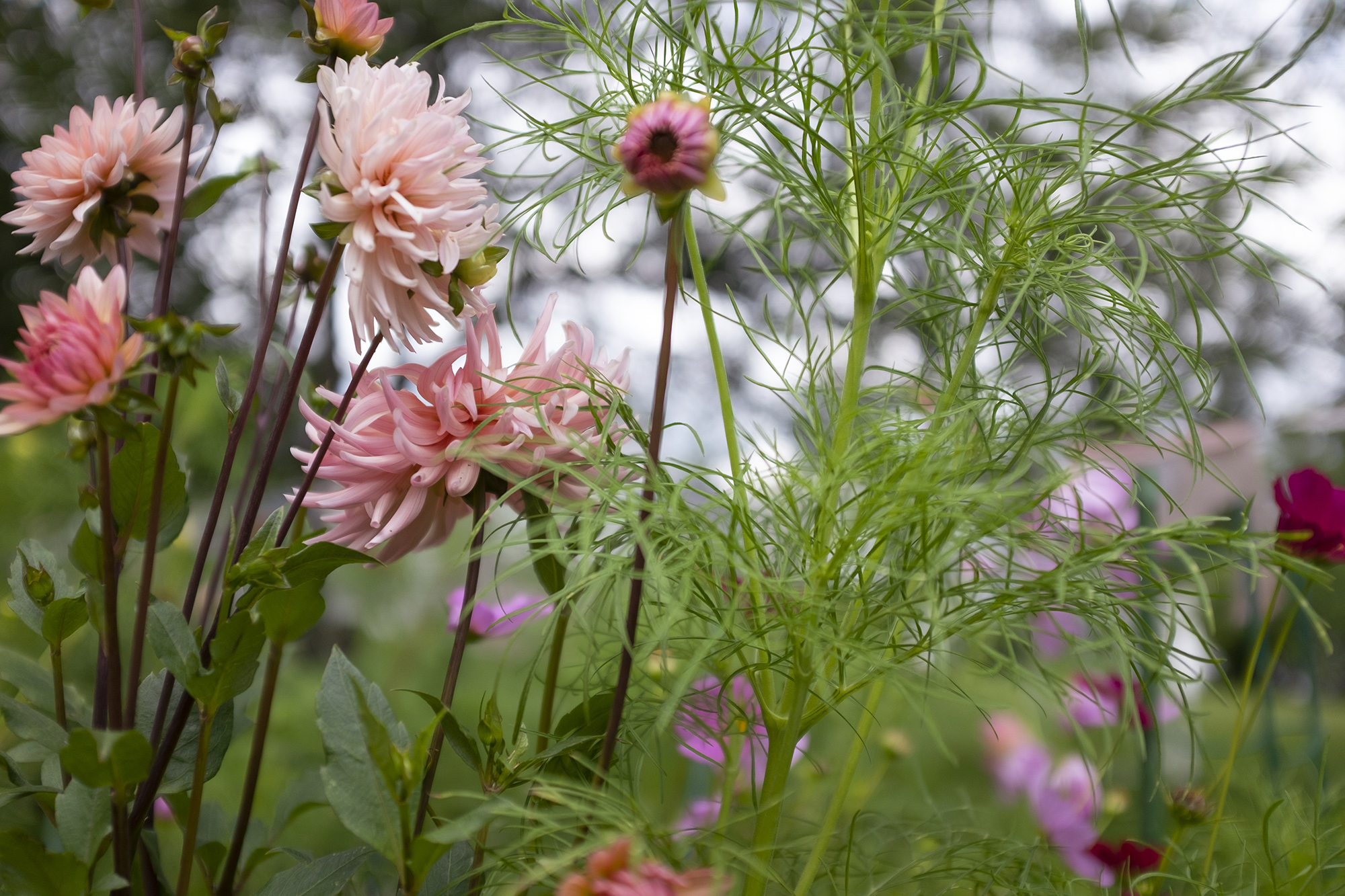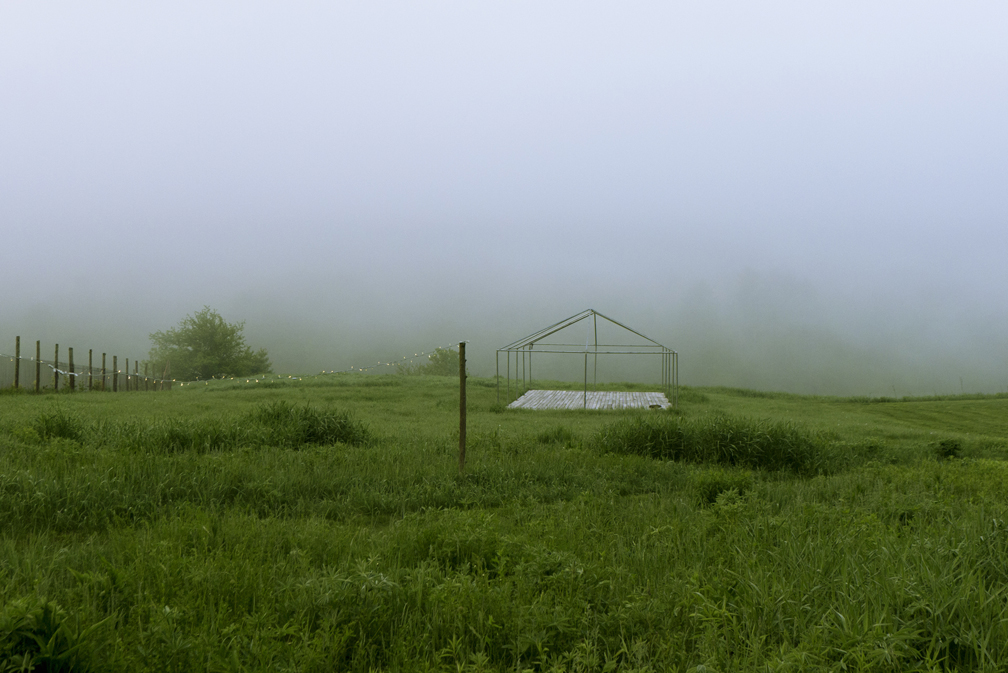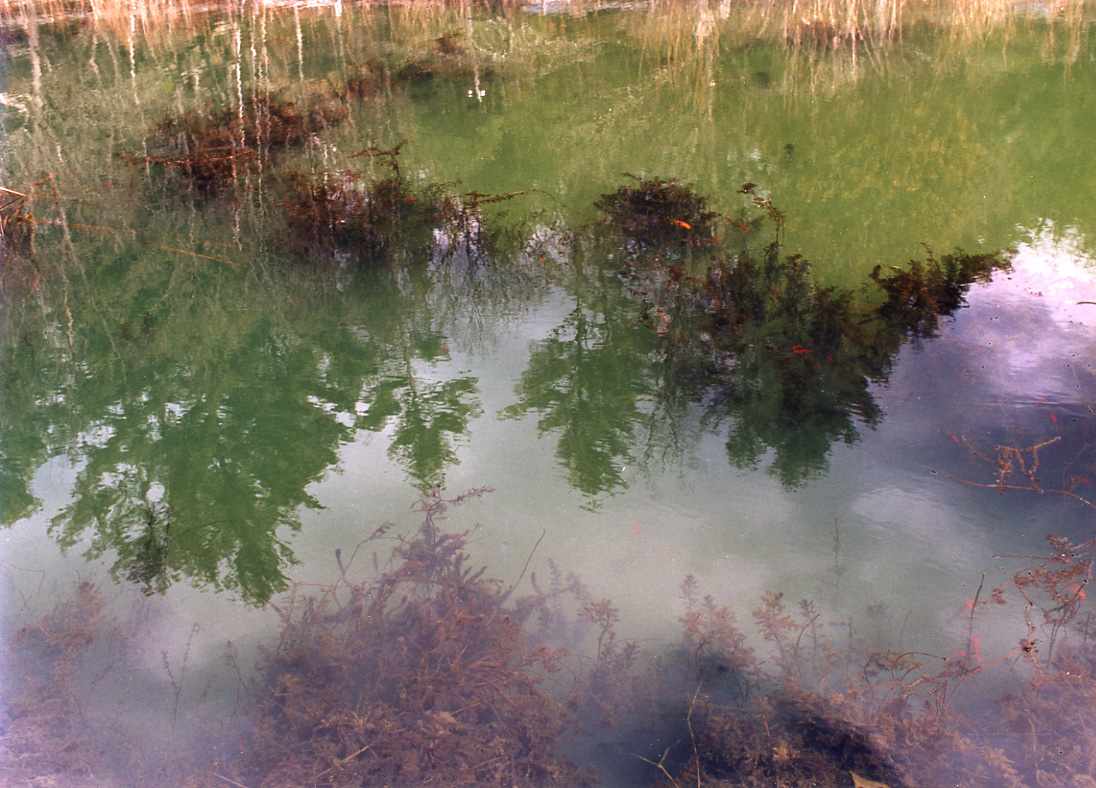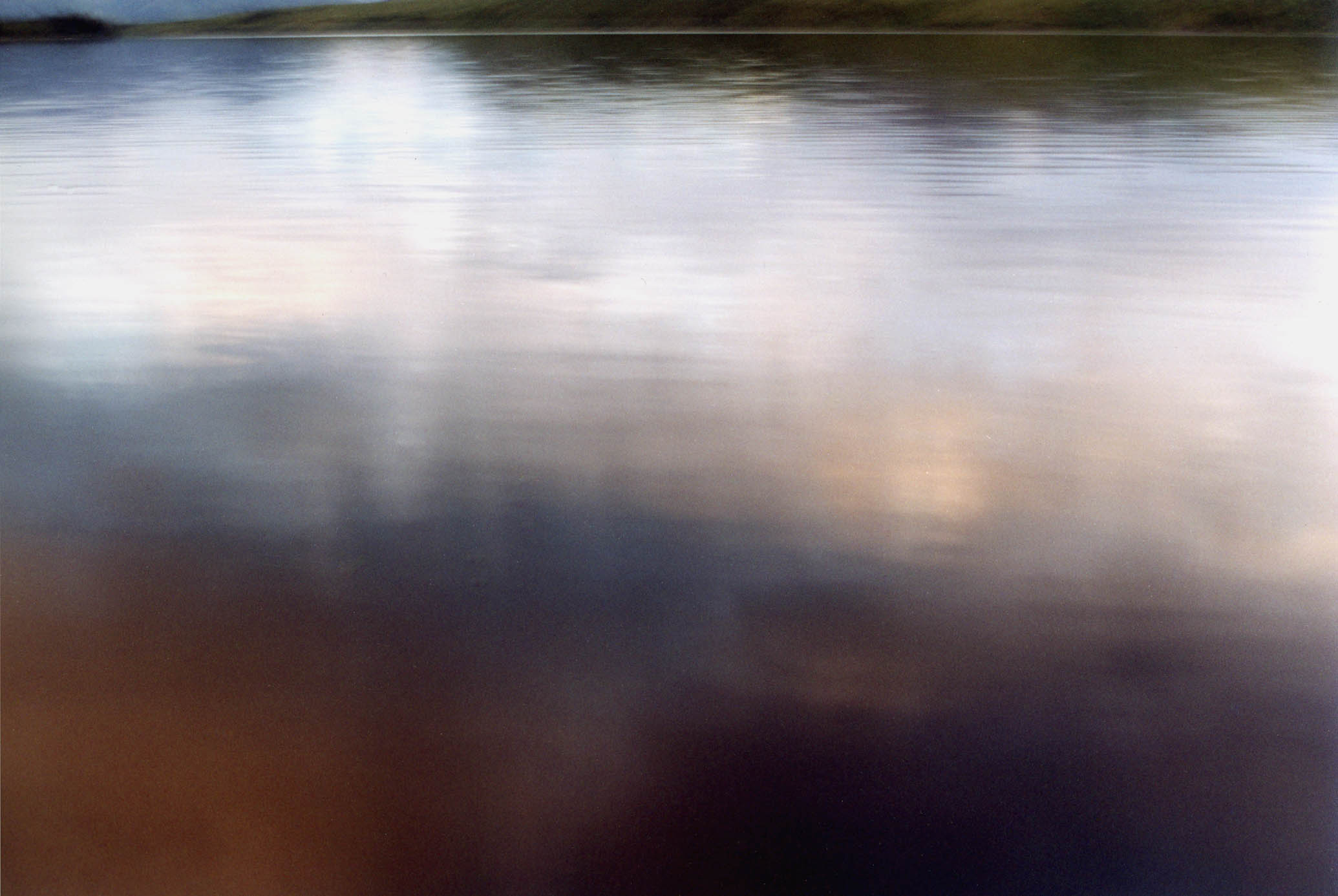
Farandnear
My photographs of landscape are visual records of a sentient being, standing on the earth. More poignantly, these new photographs are expressions of grief and love for the earth; grief for the loss happening every day, and yet unabated love for this place I live on/walk on/inhabit. These are ordinary photographs of nearby places, none much further than an hour’s drive from our house. Most were taken within the past year.
Over the past year, my husband and I took weekly outings – day trips and hikes – to Trustees and Audubon properties and reserves, initially as a way to get out of the house during covid. Walking through wild stretches of nearby land which has been preserved gives a feeling of time travel, far into the past. A swamp where beavers are not restricted could look the same today as it did 100 or 200 years ago. At the same time, I have walked and photographed the very close and present land and landscapes outside my front door for decades – woods along the Charles River, my own backyard and garden, neglected patches of growth around town, or in an abandoned and overgrown nursery. For me there is no distinction between the beauty of the untouched landscapes or the ones we often overlook because they are ubiquitous. It’s a matter of paying attention. They all hold both grief and love within the frame.
Many of these images encompass both near and far in composition and focus. We often feel like we are looking past or through a screen or veil. So many images are lush with growth; even in winter the earth offers an abundance. There is a complexity in the details that both draw the viewer in and at the same time hold us back. Similarly, the climate crisis feels both far - in that we can’t fully comprehend the most horrific events yet to come, so we push them away - and unbelievably near, in that mere observation of ice on the Charles River or plants in the garden tell us what is happening before our eyes.
These photographs could be my version of a land acknowledgement, the ritual recognizing of the many generations who have cared for and inhabited this place where we live, long before we arrived. They could be a way to acknowledge the sentience of the earth, our relationship with it, its ability to communicate if we look, listen, and feel. The late Zen Master Thích Nh?t H?nh was asked what we need to do to save our world. “What we most need to do,” he replied, “is to hear within us the sound of the earth crying.”
I am training as if my life depended on it to do just that.
—------------ Mary Lang, June 1, 2022
Gazing into Space

The last morning at Karme Choling, June 2014
For more than forty years, my discipline has been straight photography. My work is about looking and seeing, using the frame to capture a moment of perception. As a photographer, I am rooted in the phenomenal world, yet my subject matter is not so much the physical places in front of my lens, but rather the intangible and elemental quality of the space itself. Sometimes gazing into space can feel like falling off a cliff, losing your sense of self, losing solid ground. My intention is that the groundlessness in my images evokes a similar space in the mind of the viewer.
My photographs contain both the vast geographic space of mountaintops or shorelines and the minute details of a telephone wire or a string of lights on a pole. My work has long been informed by my Buddhist meditation practice. More and more, I try to make photographs that embody the possibility that we can trust our experience as it unfolds, moment by moment; that we can pay attention without fear to the details of everyday life, held within an awareness without boundary. That awareness can be the intimate, yet vast space gazing out a car window or the almost tangible atmospheric space of early morning fog. It is the contemplative inner space of a quiet ordinary moment, the space between the in breath and the out breath, a gap full of loneliness and possibility.
I have been a late adopter to digital photography. This is my first exhibition where all the prints are digital prints. Even though I bought a digital camera in 2012, I still used my film camera, carrying both to Machu Picchu, for example, or to California. Five of these images began as negatives, and I still have negatives that one day I hope will become prints, although I notice that I no longer shoot film. Nonetheless, I feel that I still practice the no cropping, full frame 35mm photography I learned in the 1970s at Pratt Institute. I am not creating imaginary spaces or images that are composed or altered on a computer. My photographs invite the viewer to notice the amazing world around us every moment. I am extremely indebted to Sarah Gaw of the Museum School for the skill and patience of her tutelage in Photoshop and digital printing. Together we created beautiful prints that reflect the beauty of the phenomenasometimes a golden fish swims by
Fish Pond, Barnet, VT
After ten years of exploring water as subject matter in order to understand some ungraspable quality of mind, I find myself turning my lens not just on water, but on small moments of stillness or coincidence in ordinary life as well. Some of these photographs were taken concurrently with water images from previous shows, but were never considered because they didn’t fit. Others are more recent, the result of giving myself the freedom to photograph whatever caught my eye, without feeling I had to build a body of work. Taken together, they are a random collection of images, with a coherence of ordinariness transformed.
The title of this exhibit comes from a quote about meditation practice by Chögyam Trungpa Rinpoche: “Sit and do nothing. Every once in a while a golden fish swims by and lays her golden eggs. You’ll know.” These photographs are moments of coincidence held within a frame, where the external forms and atmosphere evoke and resonate with an internal state of mind in the viewer. They are about the magic of the present moment. They are also about old-fashioned 35mm photography, film and chemistry.
There are moments upon moments where the beauty of the phenomenal world penetrates my heart and opens my mind. Sometimes I am able to photograph those moments, but even when I can’t, it doesn’t diminish their power one bit.
--2010
Drawing on Water
All passing thoughts without exception
Leave no trace within recognition
Through identifying the dharmakaya in what is liberated
It is just like a drawing on water
Three Words that Strike the Vital Point, Patrül Rinpoche

Twilight, Jack Lake, Alaska
If we trace a drawing on water, the line we make is simultaneous with its disappearance. As soon as we make a pattern, it is already gone. As a meditator, I have occasionally glimpsed this insight into the nature of mind, and even more occasionally, understood it. But as a photographer who has spent eight years photographing water, I understand the metaphor in my bones.
My exploration of water as an artist and photographer has been inseparable from my journey as a Buddhist practitioner. As human beings, what are we trying to learn about ourselves and our world? What information do we pay attention to and trust, and what goes unheard or unseen because of preoccupation or expectation? I have drawn on, and been drawn to, water as subject matter, first because of its beauty and mesmerizing movement, and second, because of what my photographs then show me: reflections which dissolve, the ungraspable edge of a wave, what’s on the surface and what lies beneath – all intangible, impermanent and luminous – the meaning of what is.
There are moments looking at water, the way that it moves and never rests yet feels all of one piece, which are not able to be held in one still photograph. So I photograph water in other ways, confusing surface and depth or creating drawings by the slow shutter speed’s way of capturing light. Paying attention to water shows me something, then the photographs show me something further, which opens me up to the next experience. At this point I can’t distinguish whether it is the water, the images, or the practice that is teaching me. I am merely grateful for the variety of ways I have for drawing on water.
--2008